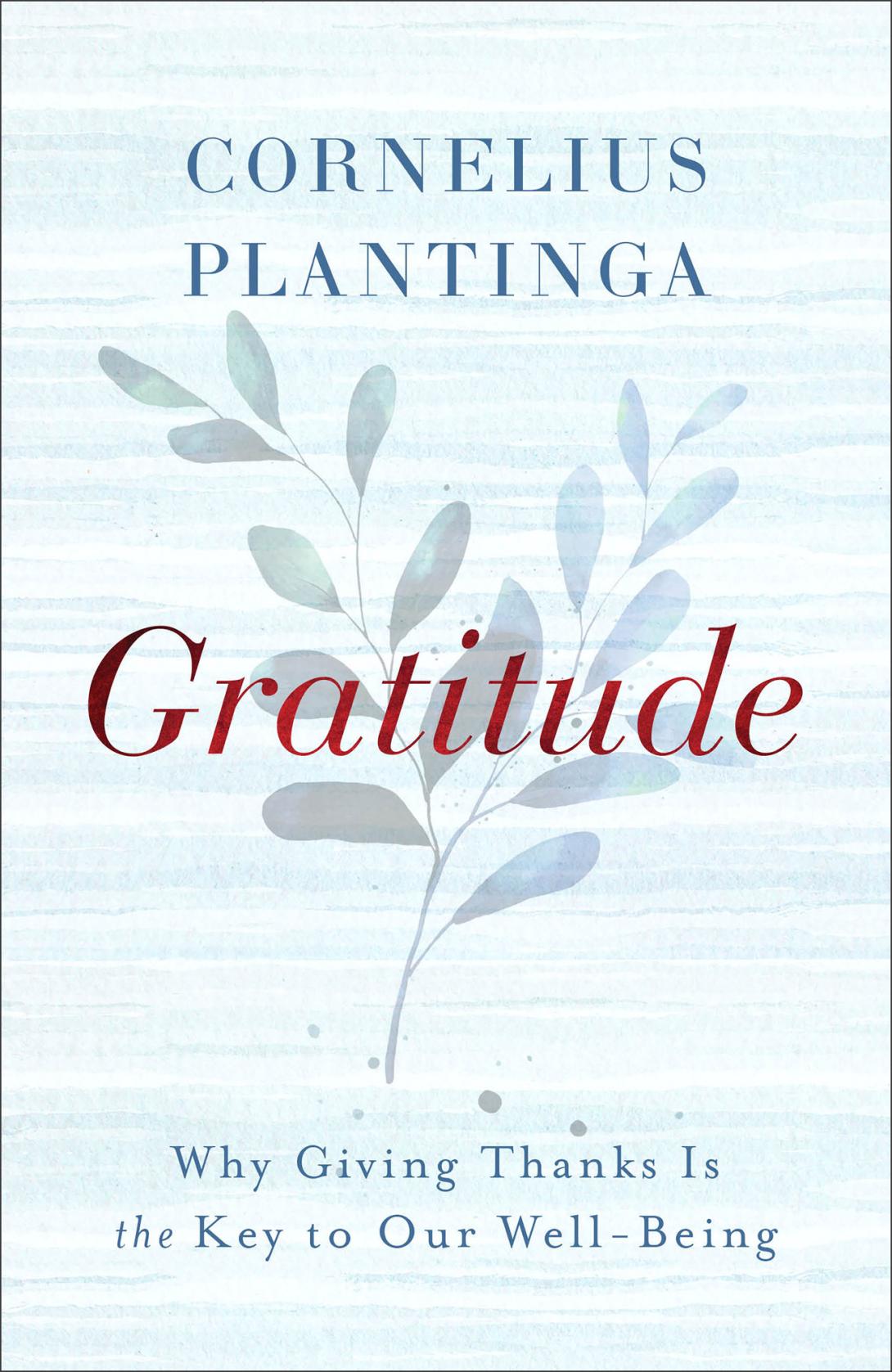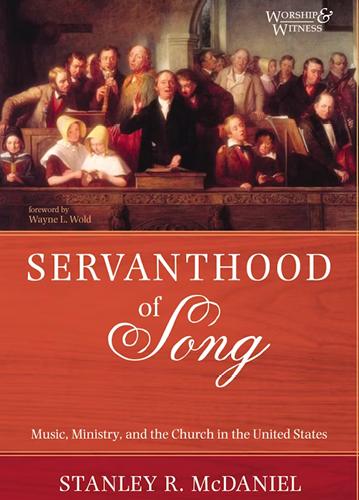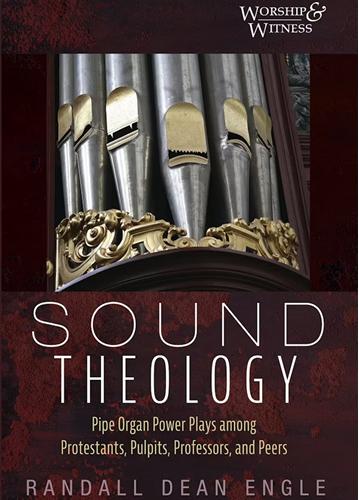Book Details
In Table and Temple, David Stubbs sheds light on the reasons for this neglect and shows the important role the temple and its worship played in the imagination of Jesus and his disciples about what was to become a central Christian practice. He then explores the five central meanings of the temple and its main services of worship, demonstrating their relationship to the five central meanings of the Christian Eucharist.
These central meanings of the temple itself, the daily, weekly, and monthly sacrifices, and the three pilgrim feasts are linked to the history of salvation. Stubbs distills them to (1) the real presence of God and God’s Kingdom among God’s people, (2) thanksgiving for creation and providence, (3) remembrance of past deliverance, (4) covenant renewal in the present, and (5) a hopeful celebration of the feast to come. They provide a solid ground upon which to organize contemporary Christian Eucharistic imagination and practice. Such a solid ground not only expands our theology and enriches contemporary practice—it can also bring greater ecumenical unity to this central Christian rite.
Recent Publications
Worship, Justice, and Joy: A Liturgical Pilgrimage
By: Neal D. Presa
This book connects the pilgrimage of life and faith to parallel movements of worship as communities gather to hear, read, proclaim, receive, and witness to the word of God.
Gratitude: Why Giving Thanks Is the Key to Our Well-Being
By: Cornelius Plantinga, Jr.
In Gratitude, award-winning author Cornelius Plantinga explores these questions and more. Celebrating the role of gratitude in our lives, Plantinga makes the case that it is the very key to understanding our relationships with one another, the world around us, and God.
Servanthood of Song: Music, Ministry, and the Church in the United States
By: Stanley R. McDaniel
'Servanthood of Song' is a history of American church music from the colonial era to the present. Its focus is on the institutional and societal pressures that have shaped church song and have led us directly to where we are today.
Worship, Justice, and Joy: A Liturgical Pilgrimage
By: Neal D. Presa
This book connects the pilgrimage of life and faith to parallel movements of worship as communities gather to hear, read, proclaim, receive, and witness to the word of God.
Gratitude: Why Giving Thanks Is the Key to Our Well-Being
By: Cornelius Plantinga, Jr.
In Gratitude, award-winning author Cornelius Plantinga explores these questions and more. Celebrating the role of gratitude in our lives, Plantinga makes the case that it is the very key to understanding our relationships with one another, the world around us, and God.
Servanthood of Song: Music, Ministry, and the Church in the United States
By: Stanley R. McDaniel
'Servanthood of Song' is a history of American church music from the colonial era to the present. Its focus is on the institutional and societal pressures that have shaped church song and have led us directly to where we are today.
Sound Theology
By: Randall Dean Engle
This book surveys the liturgical soundscape during and after the Reformation with regard to the use of instruments in worship in general, and the (dis)use of the pipe organ specifically.




